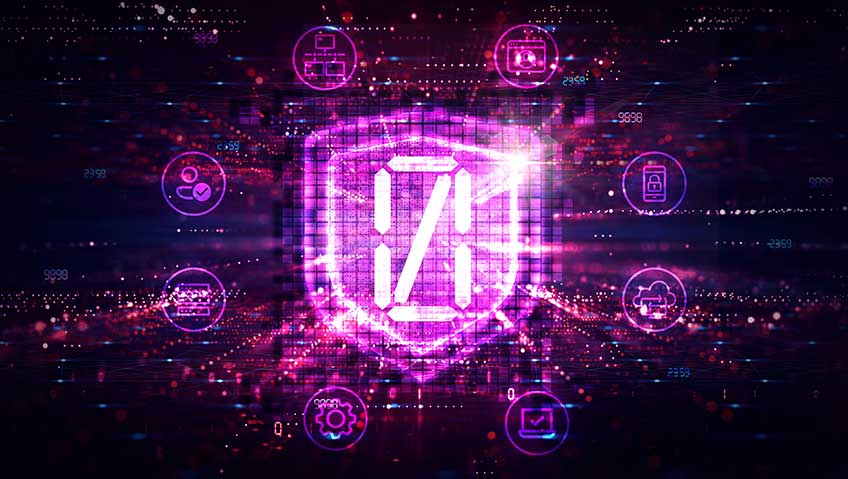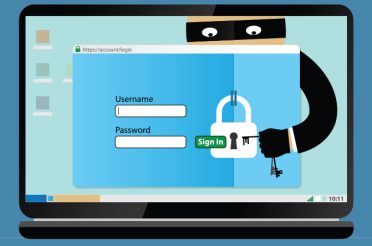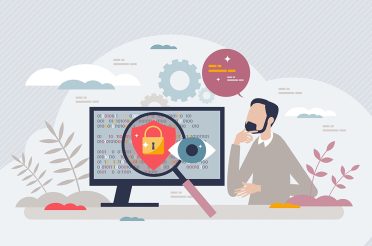With threats from malicious actors being a constant in the online landscape, cybersecurity measures adopted by organisations can come in a variety of forms, methods, and protocols. In this article we look at three of the most common protocols deployed along with an explanation of their methods.
SIEM – Security Information, Event Management
The SIEM protocol encompasses a number of services and tools that combine the functionalities of security events management along with security information management. These capabilities empower security analysts to examine data from logs and events, assess the information presented, and pre-empt any potential threats, along with providing the ability to access and generate reports pertaining to log data.
The functions of SIEM include:
- Gather data from the logs of various organisational sources and utilise this data to detect, classify, and assess events and incidents.
- Offer insights into malicious activities by sourcing data from the organisational environment including network resources, applications, and hardware.
- Centralise collected data within a unified platform.
- Use data to produce alert warnings, generate reports, and to facilitate incident response efforts.
In summary, SIEM enables organisations to analyse data from their applications along with their hardware, which assists security teams with the goal of actively identifying potential threats and mitigating them before they disrupt operations.
SOAR – Security Orchestration, Automation, Response
SOAR represents a collection of software applications that are designed to enhance an organisation’s cybersecurity defences, and it aids analysts to view data originating from a diverse range of sources, which includes management systems, security information, and intelligence on threats posed.
The functions of SOAR include:
- Obtain threat intelligence, initiate automated responses, and address complex threats, reducing a reliance on manual intervention.
- The integration of three components, being: threats and the management of vulnerabilities, response to security incidents, and the automation of security operations to simplify and strengthen the overall security posture.
- Facilitate manual and automated processes, along with machine learning technology, to analyse security related data and prioritise incident responses.
In summary, the objective of SOAR is to gather data related to threats and facilitate response procedures.
XDR – Extended Detection, Response
XDR operates in endpoint detection and response. It adopts a whole approach, simplifying the process of handling security data, analysing it, and managing prevention and remediation throughout an organisation’s entire security infrastructure. By monitoring and acting against threats, XDR enables security to uncover concealed and sophisticated threats, and automate intricate, multi-step responses across an array of security technologies.
The functions of XDR include:
- Group, correlate, and scrutinise data from endpoints, cloud workloads, networks, and email using advanced automation and artificial intelligence tools.
- Arrange data in a normalised format and present valuable insights to security via a unified message, while aiding in prioritisation.
- Integrate and streamline security analysis, investigation, and remediation by coordinating previously isolated security tools into a single consolidated area.
- When incorporated as a managed solution, it may recommend contacting outside parties to assist with threat hunting, intelligence, and analytics.
In summary, XDR enhances threat visibility, expedites security operations, lowers the total cost of ownership, and may reduce the need for internal security staffing.
The Main Differences Between SIEM, SOAR And XDR
While SIEM, SOAR, and XDR focus on comparable situations, they do utilise different methods.
SIEM is a method mostly used for collating logs, which is intended to assist with compliance, the storage of data, and the ability to undertake analysis. Sometimes analytics is added to SIEM solutions as an extension, and it should be noted that it may not effectively identify threats without the need for a separate analytics function, running on a substantial dataset.
SOAR combines planning, automation, and the ability to respond to SIEM, and it enables different and separate security measures to work together. However, SOAR is limited by bi-directional connectivity, and while useful, it does not resolve the challenges of large data analytics or protect data or systems on its own accord.
XDR fills a space that exists between SIEM and SOAR, through an alternative approach based on endpoint data and optimisation. It does this by using advanced analysis that enables organisations to focus on high priority events and the ability to respond rapidly.
Does My Organisation Require All Three Of These Security Protocols?
The answer to this question is most likely, yes. SIEM, SOAR and XDR all feature their own distinct security capabilities, and by utilising them all, an organisation will retain a comprehensive and robust security posture, and by ignoring one of more of these three, organisations put themselves at risk of data and security breaches, along with other malicious events.
If you are unsure whether your organisation requires these types of protections, you should seek the advice of a professional consultant such as Aryon.
And if your organisation requires assistance with any part of its cybersecurity infrastructure, please contact us today for a comprehensive risk assessment, along with recommended actions that your organisation integrate to improve their security posture.








